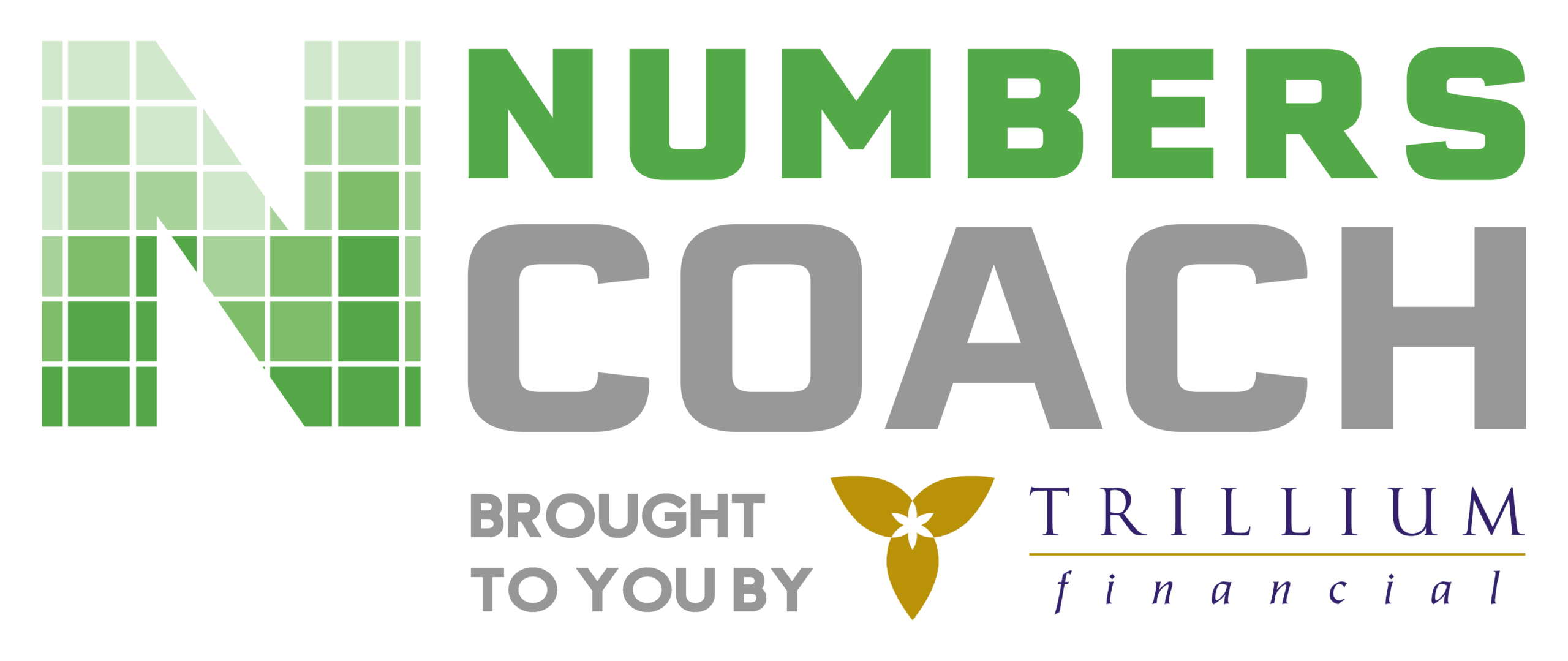A Unique Look at Asset Based Lending
by Marc Smith
“Cash is King.” We’ve all heard the expression, but if you haven’t owned your own business, you likely haven’t given it serious thought.
When a business is for sale, most people first want to know about the total revenue (sales) and the net income (profit). These two factors are extremely important, but any business owner would argue that there is another factor that is even more important than these two: Operating Cash Flow or Working Capital. Profits are great, but no matter how much money is coming in the future, a business can’t continue to operate if it doesn’t have enough cash to cover this week’s payroll.
Let’s use an example of a recent business acquisition:
XYZ Company is acquired by an eager buyer who uses an SBA Loan to finance the transaction. Everything starts out great for the new owner: their new business is growing, sales are up and they are enjoying the rewards of self-employment. XYZ Company has many new orders to fulfill or new contracts to service as a result of this growth. The working capital associated with this expansion are typically paid up front while the company won’t receive the benefits until the customer remits payment (sometimes months down the road). As the new opportunities develop, the up-front costs associated with these opportunities keep increasing. Before long the owner is looking at a significant cash gap from what is owed to suppliers now versus the cash that customers will not remit for another 30-45 days or more.
The owner realizes that with the recent growth, there is a need for a line of credit. Obtaining additional funds or refinancing with the SBA Lender typically isn’t an option, so they inquire with their local bank for conventional financing. This presents a problem: all business assets are already collateralized with the SBA Loan, leaving the bank with no collateral. Therefore, the bank is not willing to extend the company a line of credit. This leaves the owner in quite a predicament: sales are up and the future looks bright; however, the short term cash flow constraints are keeping the company from taking advantage of that growth.
Profits are great, but no matter how much money is coming in the future, a business can’t continue to operate if it doesn’t have enough cash to cover this week’s payroll.
– Marc Smith
It is this type of situation that can potentially be resolved with an Asset Based Loan. Typically secured by Accounts Receivable, an Asset Based Loan provides working capital to a business. It does not add cash to the business, it simply accelerates cash flow by allowing a business to borrow against the future value of its receivables that are expected to become cash in the near term.
The SBA Lender is many times willing to “release” the Accounts Receivable to the Asset Based Lender because this provides the company with additional liquidity. By working with the Asset Based Lender, the company now has the capital it needs for growth without worrying about how it will meet its short term cash demands.
Marc Smith is a Vice President with Magnolia Financial, Inc., an Asset Based Lender that provides Accounts Receivable Financing and Management to growing companies that are typically unable to obtain traditional bank loans. He can be reached at msmith@magfinancial.com or (404) 664-7037.
